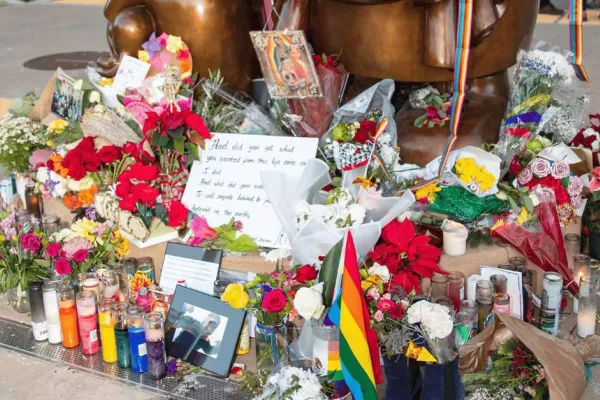THIS WEEK IN LABOR HISTORY - November 25
Some 10,000 New Orleans workers, Black and White, participate in a solidarity parade of unions comprising the Central Trades and Labor Assembly. The parade was so successful it was repeated the following two years - 1883
Teachers strike in St. Paul, Minn., the first organized walkout by teachers in the country. The month-long “strike for better schools” involving some 1,100 teachers—and principals—led to a number of reforms in the way schools were administered and operated - 1946 (No Contract, No Peace: A Legal Guide to Contract Campaigns, Strikes, and Lockouts is a must-have for any union or activist considering aggressive action to combat management’s growing economic war against workers. The book references recent union activities and NLRB decisions that have affected the labor relations environment and the author's familiarity with labor and employment law combines with his activist spirit to provide innovative yet practical tips for mounting and maintaining meaningful campaigns designed to build union and workers’ power.)
(No Contract, No Peace: A Legal Guide to Contract Campaigns, Strikes, and Lockouts is a must-have for any union or activist considering aggressive action to combat management’s growing economic war against workers. The book references recent union activities and NLRB decisions that have affected the labor relations environment and the author's familiarity with labor and employment law combines with his activist spirit to provide innovative yet practical tips for mounting and maintaining meaningful campaigns designed to build union and workers’ power.)
Nearly 1,550 typesetters begin what is to become a victorious 22-month strike against Chicago newspapers - 1947
 George Meany becomes president of the American Federation of Labor following the death four days earlier of William Green - 1952
George Meany becomes president of the American Federation of Labor following the death four days earlier of William Green - 1952
Canadian postal workers, protesting a Post Office decision to offer discounts to businesses but not individuals, announce that for one week they will unilaterally reduce postage costs by about two-thirds. Declared the Canadian Union of Postal Workers: “(M)embers of the general public, not businesses, can mail letters with 10 cents postage and postal workers will process them without taxing them for insufficient postage" - 1983
UPTE-CWA Demands Safety and Transparency After Member’s Murder
CWA Members Attend First-Ever “Fighting Oligarchy” Training


